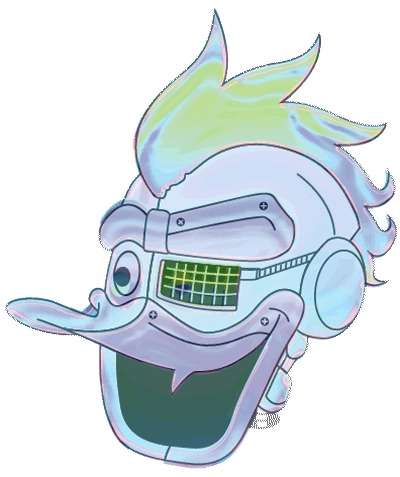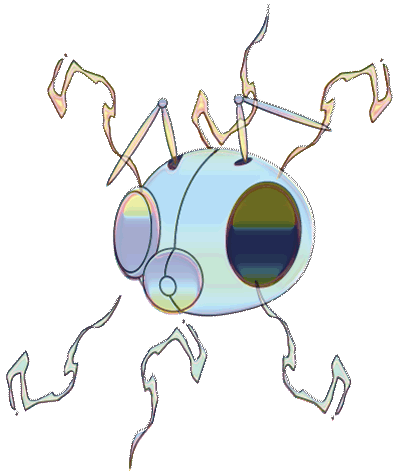



Revisiting Cory Arcangel’s Data Diaries.
So many lives linked, glued into the main frame. Computers have become our extra limbs as we all, daily, reach out and connect with others out there. We are no longer what we were before the Internet arrived, we have changed, formed new mannerisms, new body schisms and ailments from regular use of computers. One such ailment is Repetitive Strain Injury (R.S.I), and medical professionals also use the phrases “occupational overuse injury” or “cumulative trauma disorder” for this condition, which can result from intensive use of the hands. This is all part of the becoming – being connected, socially, physically and mentally. We are still at the beginning of what some consider to be an en masse eugenic shift. The way that we behave and think is influenced, re-constructed and re-aligned beyond traditional social, concrete terms.
In the Western world we are spoilt for choice with regard to the range of available softwares to use when creating computer-based, art related projects, whatever the function/activity is. One would of thought that it was safe to presume that Western civilians are more likely to pay for software than lower paid peoples in other cultures around the world. Well, if recent studies are to be believed from the Business Software Alliance (BSA), Western Europe is actually the main culprit in pirating and downloading illegal software.
So, technology is a sought after commodity for exploring, making and promoting creative projects, social networks, games and information. Much of the piracy and legal collection of software takes place with commercial products, resulting in the habitual addiction and use of the same programs, thus limiting scope, ideas and creative explorations in such a way that much net-based and new media art can become too similar, offering a less diverse experience for all concerned; an argument that many coders and hackivists use, when defining their own independence in relation to their refusal to use commercial applications.
Some have actively dealt with such known limitations by exploring open source networks to free up the dependency on corporate software, sharing free code, software, and operating systems such as Linux. Groups like Consume, a UK based networked collective have been gaining much recognition for setting up wireless networks, and lessening the dependency on commercial companies to connect people to the Internet, also at higher speeds than the much now typically used ADSL modem connection, and with no wires to trip over.
So what has all this to do with Cory Arcangel? Well plenty, because he is part of this movement of changing the way that we perceive computers, software, operating systems and how we see and use them, via art initiative. Net artists and new media practitioners sit in various camps. There are some like Heath Bunting and Andy Deck who are keen to stay totally in the free software and free operating systems camp, and this effects the outcomes of their work and what it looks like and how it functions. Much of their activity relates to setting up free networks as well, and this interest in the nature of the network defines their separation from Cory Arcangel, for he is generally more keen on the computer itself, as an object and what is in it, what it consists of and what he can do with the stuff in it. Unlike Bunting and Deck he does not openly challenge culture from a consciously political perspective. As a solo artist he fits well along the modernist trajectory, of singular creative practice.
He likes to use obsolete computers and hacks into computer games, re-appropriating their purpose and use, as an end in itself. In his work Data Diaries, commissioned by the progressive Turbulence.org net-based group In February 2003, this is exactly what happens. The process does not come from a philosophical or intellectually deconstructive angle for what you see is much like a painting. The finished result is visual, and even though the image moves, it is culturally contained, making no reference to worldly happenings, other than the artist’s own engagement with computers; he is really into his computers.
The viewer is told how the work is constructed, such as “the work consisted of 11 hours of video footage, tricking QuickTime into thinking that the RAM of a home computer is actually video instead. Cory Arcangel managed this by collecting and transforming his emails, music files and DSL data, running it at 15 frames per second”. And this is the only clear narrative regarding the piece, information about how the work had come about, which of course is pretty useful and helps one to understand the workings and functional intentions.
Yet, what is really interesting here, is that the audience is asked to view the soul of the computer, not the soul of the artist; view the playful dysfunctions of an object. So the medium is part of the message, what we experience is the outcome of diverting the use of programs and the defaults. He deconstructs the object, and re-directs mass data, digital substance with an irreverent punk mentality – but towards whom? The computer? Which means that whilst the work is not culturally critical or context aware, it is imaginative in how he approaches and relates to computers.
Data Diaries sits (surprisingly) well in line with (American) modernist principles of abstraction. So, is Cory Arcangel a contemporary, American Computer Abstractionist?
With a mixture of computer geek and abstraction, he pushes aside (social) narrative, creating an object d’arte. One could be forgiven for viewing it as an anti-narrative piece. If there is a dialogue, it is more to do with computer medium based, protocols rather than subjectivity. Attention to detail is given in respect of changing the notion and idea of what an object is, shifting its behaviour and use, into an art context. Therefore the work itself needs the art arena to support its own context.
This work is for hanging on your wall, not actually physically on your wall, but the motive behind it really desires to be amongst ART of that ilk. It does not wish to extend art criterias but to exist within an already accepted framework. And this is how its meaning is determined. So therefore we end up dealing with constructed references around it, to support its essence. If it did not have the support of an art institutional background to relate to it, where would it go, who would look at it?
This of course, goes beyond Cory Arcangel in the larger sense, and it reflects upon the failure of current net-related groups and institutions to come up with a successful formula in opening up fields beyond the art establishments, tight grip on how we perceive and enjoy much of net art and new media. In the attempt to make net art more institutionally friendly many curators and linked institutions have not taken on the issue of maintaining the spirit of independence, in such explorations, that really by now should of opened up the creative arena more by now.
Cory Arcangel’s work does not of course represent institutional isolationism in its own right, but it does lend itself as a buffer to those working in new media arts, who control what is and is not seen, and who would rather avoid the social and political context of much contemporary work in this field. This is not a healthy situation especially for the artist, his work is evolutionary in its own right, and offers a playful insight into how to craft technology from one function to another. Cory Arcangel’s art is not ‘Punk’, it advocates the style of it, but it certainly does not fill the void that punk fills for me. Although, I do get where he is coming from in spirit.
When visiting Data Diaries you are given the choice to view it in black and white or in colour, you can also choose different dates from its calendar. The square pixellated visuals bounce around within a small square frame, like a monitor or television screen, accompanied with fuzz, white noise, crackling sound, which changes and slices up successfully. It plays on the theme of television, and this seems appropriate when one thinks of the MTV generation and its lust for fast, changeable images. Its trashy back html pages are effective and declare his irreverence, thus seeming to ask the visitor not to take it too seriously, which I obviously have in some ways, but on the whole I think this is actually a beautifully, well crafted bit of tech-art and should be seen as such.
(Just wanted to put something straight – when i mention Turbulence.org in the review – i was not criticizing them – in fact they are one of the best net-based groups out there, and I personally feel that they have and do offer authentic creativity beyond gate keeping remits – just in case anyone chooses to get the wrong impression – I’m sure you won’t. marc)